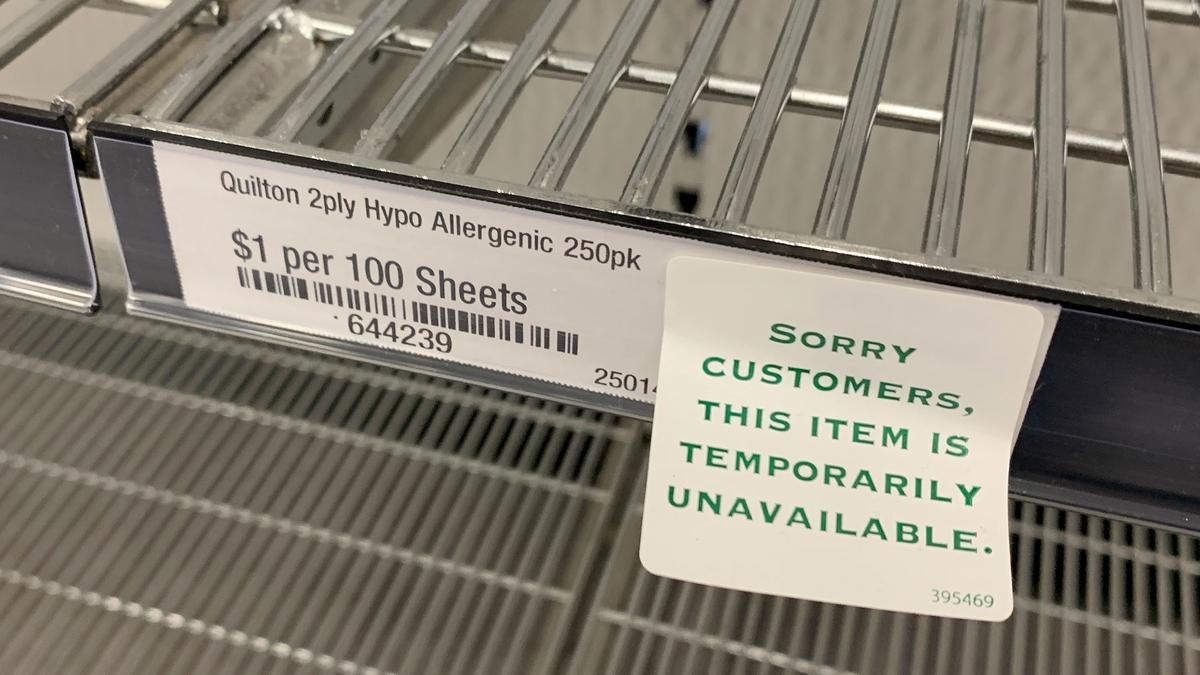Q: So you can see lymphocytes falling immediately on the general test?
A: Yes. And if there are white blood cells increase, platelets will increase, and it is more stable lymphopenia, that is, the lymphotoxic effect of the viruses themselves. Therefore, the disease itself has at least four outlined stages. The first stage is virusemia. A harmless cold, nothing special. Seven days, nine-approximately in this interval.
But starting from the ninth day to the 14th, the situation changes qualitatively, because it is during this period that viral and bacterial pneumonia is formed. After damage to epithelial cells in the anatomical space of the respiratory tract, colonization of microorganisms occurs, primarily those that inhabit the human oropharyngeal region.
Q: Do you mean bacteria that is already there?
A: Bacteria, Yes. Therefore, these pneumonias are always viral and bacterial.
Q: So the virus, so to speak, fills the alveoli, where some bacteria live all the time? And they live somewhere by themselves, in some quantity?
A: In general, we believe that the lower respiratory tract is sterile. This is how the defense mechanism works for the lower respiratory tract.
Q: There’s nothing there?
A: It’s not inhabited. When the virus has entered and it has broken this barrier, where there was a sterile environment in the lungs, microorganisms begin to colonize and multiply.
Q: So it’s not a virus that causes pneumonia? Still, pneumonia is caused by bacteria, of course.
A: It’s the association of virus-bacteria.
This is the window where the doctor must show his skill. Because often the virusemic period is like a mild disease, like a slight cold, malaise, runny nose, a slight temperature is small, subfebrile. But the period when the cough increased and when there is a shortness of breath — these are two signs that say: stop, this is a qualitatively different patient.
If this situation is not controlled and the disease progresses, then more serious complications occur. We call it respiratory distress syndrome, shock. A person cannot breathe on their own.
Q: Pulmonary edema?
A: You see, there are a lot of different edemas of a lung. In fact, it depends on how it happens. To be precise, we call this non-cardiogenic pulmonary edema. If, say, cardiogenic pulmonary edema can be treated with certain medications, then this pulmonary edema can only be treated with a mechanical ventilation machine or advanced methods such as extracorporeal hemoxygenation.
If a person transfers to this phase, the immunosuppression caused by the defeat of the acquired and innate immunity becomes fatal and the patient is joined by such aggressive pathogens as Pseudomonas aeruginosa, fungi. And the cases of death that occurred — 50% of those who were on artificial ventilation for a long time, the alveoli are all filled with fungi.
Fungi appear during the stage of deep immunosuppression. What is the fate of the man who endured all this? That is, he suffered virusemic period, he suffered viral-bacterial pneumonia, he suffered respiratory distress syndrome, non-cardiogenic pulmonary edema, and he suffered septic pneumonia. Will he be healthy or not? And, in fact, today the world is concerned about this: what is the fate of those 90 thousand Chinese who have suffered a coronavirus infection?
[...]
Q: What would you recommend to a person who finds himself… Well, we have already agreed that the virus is in the general population. We can’t really control it anymore.
A: Are you asking for some simple recommendations? First of all, take a good care for the nasal mucosa and oropharyngeal area.
Q: To wash it with saltwater?
A: Yes, wash it thoroughly. But “lors” – non-prescription medications and sinus cleaners to stop running nose and for an effective lavage. That is, the feeling of free unobstructed breath should come after all. The second thing is the oropharyngeal area behind the uvula. And there, too, you need to make a good lavage of the oropharyngeal region.
Q: So you don’t just have to squirt it up your nose, you have to gargle it deep down your throat?
A: Yes, and rinse it out. And don’t be lazy. Do do it until you get a feeling of clean, good airways. Of all the ways, this is the most effective. I would advise those people who can afford to buy a nebulizer or…
Q: Do you mean, it’s aerosol, right? With ultrasound?
A: Yes. And it allows the hygiene of the upper respiratory tract to be brought to a good state. When a cough starts, it is desirable to still apply the medications that we prescribe for patients with bronchial asthma. This is either Berodual, or Ventolin, or Salbutamol. Because these drugs improve mucociliary clearance, relieve spasm.

 , food) it is way easier to go through this madness.
, food) it is way easier to go through this madness.

